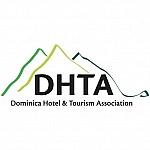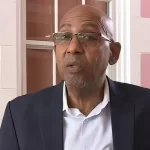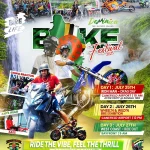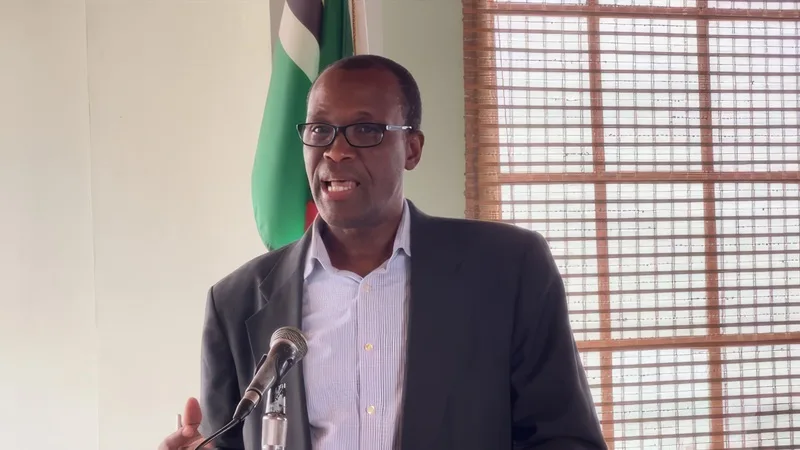Motorsport Tourism in Dominica
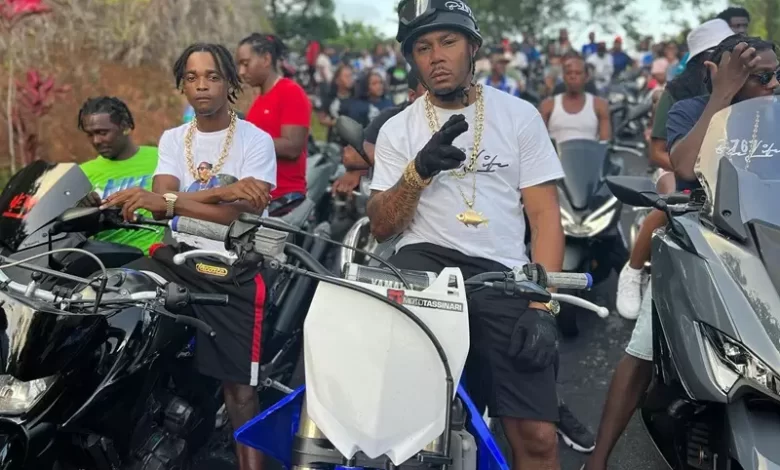
Motorsport tourism in Dominica is a growing niche within the island’s broader adventure and cultural tourism sector. Fueled by local interest and regional collaborations, it blends high-octane excitement with scenic backdrops, offering a unique experience that resonates with both Dominicans and visitors alike.
Foundations of Motorsport Culture
Motorsport activities in Dominica, though not as deeply institutionalized as in larger nations, have steadily gained traction since the early 2000s. Local enthusiasts began organizing informal drag races and motorbike events in areas like Canefield, Portsmouth, and the Edward Oliver LeBlanc Highway. These early efforts reflected the public’s appetite for motorsport culture, leading to increased organization and the formation of racing clubs and alliances.
The Canefield Airport runway has become a recognized venue for controlled racing events, including bike and car sprints, while other regions like Layou and Mahaut have hosted motocross demonstrations and exhibitions. Importantly, these events have grown in both scale and safety oversight, often incorporating marshals, protective barriers, and partnerships with the Fire and Ambulance Services.
Regional Participation and Event Tourism
Dominica’s inclusion in the wider Caribbean motorsport scene has amplified its reputation. Dominican drivers and riders have competed in events in Guadeloupe, Martinique, and Saint Lucia. In return, foreign racers and support crews have traveled to Dominica for invitational meets, boosting local business and showcasing the island’s potential for high-impact tourism.
Key annual highlights include:
- BikeFest Dominica: This festival-style event draws riders and fans from across the Caribbean. It features parades, show races, freestyle stunts, and cultural performances.
- Drag Racing Exhibitions: These often take place during public holidays, drawing hundreds to designated circuits, with food vendors, music, and family-friendly entertainment.
These events contribute to increased hotel occupancy, restaurant activity, and transport hires, creating economic ripple effects across service industries.
Infrastructure and Regulation
While the island lacks a permanent racetrack, recent calls by motor associations have pushed for more dedicated infrastructure. Proposals have included multi-use motorsport parks that double as driver training facilities. The government has signaled interest, especially where such development aligns with youth engagement, tourism, and road safety education.
Efforts are also underway to improve licensing, safety standards, and event management protocols in cooperation with international bodies and Caribbean counterparts. Organizers have emphasized that responsible motorsport tourism could also deter illegal street racing and promote safer driving habits.
Community and Cultural Linkages
Motorsport tourism intersects naturally with Dominica’s youth culture. Clubs such as the 767 Bike Life and AutoSport Dominica serve as community hubs, offering training, mentorship, and a sense of identity. In many rural communities, motorcycles are not only sport tools but also key transportation assets, making the culture accessible and relatable.
Moreover, motorsport events often integrate local music, dance, and culinary offerings, turning them into more than just races. They become cultural gatherings where Dominican pride is displayed through sound systems, Creole food, and flag-waving audiences.
Opportunities and Challenges
As Dominica positions itself to diversify its tourism offerings, motorsport tourism holds promise in several areas:
- Off-season attraction: Racing events can be scheduled during low tourist periods to stimulate activity.
- Youth engagement: Motorsport initiatives provide alternatives to idle time, especially for rural and at-risk youth.
- Event branding: Dominica could become a known stop in a Caribbean motorsport circuit, similar to regional sailing or cricket tours.
However, challenges persist. These include:
- Land use conflicts for potential tracks
- Funding limitations for infrastructure and gear
- Safety and environmental concerns, especially in ecologically sensitive zones
Still, with strategic planning, motorsport tourism could complement eco-tourism rather than compete with it. Routes that traverse hills, rivers, and coasts already exist and, if responsibly used, can add layers to Dominica’s adventure brand.
Looking Ahead
Motorsport tourism in Dominica is not yet mainstream, but its potential is clear. The island’s terrain, culture, and regional networks provide a solid foundation. With the right investments and partnerships, both public and private, Dominica could position itself as the Caribbean’s greenest adrenaline destination, where racing meets rainforests and engines echo through valleys.
